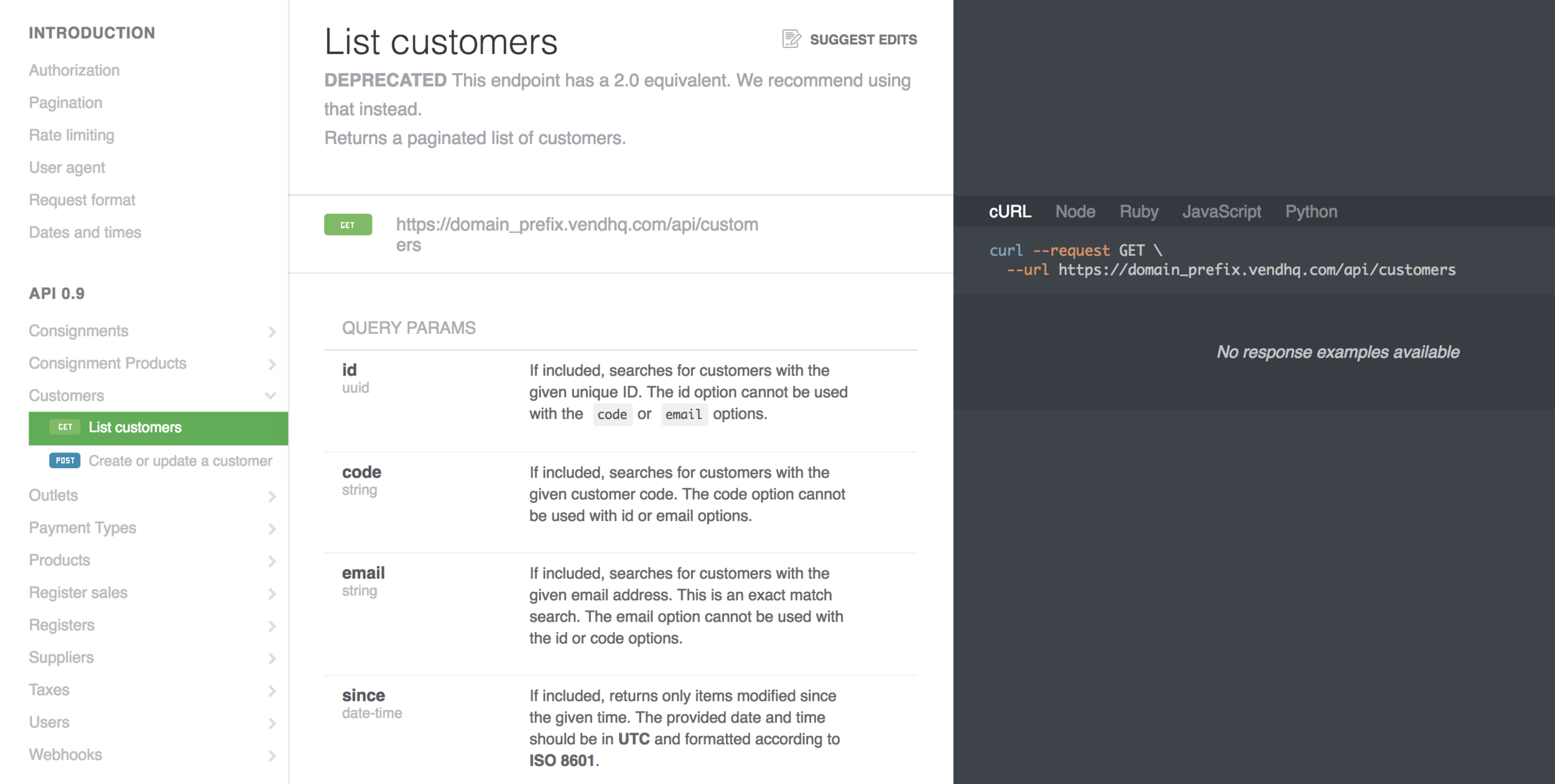Features of Cloud Software Platforms
My last blog post detailed how Cloud Software Platforms are emerging as a core part of the tech stack for many company's. This blog goes into more detail on the features and characteristics of a cloud software platform.
There are a lot of software vendors who refer to their product as a software platform, however the reality is that most of these are software tools which manage a specific business function. The key concept to understand is the difference between software tools and software platforms.
Software tools - Focus on a narrow function of business such as marketing, finance, project management or collaboration.
Software platforms - Consolidate information and workflows across a range of business functions.
Master customer database
Customer information is central to the operation of every business in today’s data driven world. To remain competitive and develop the right solutions for our customer requires businesses create a single view of the customer in order to leverage data to gain insights into their needs and behaviours.
Your company's software platform must be the master database for all customer information, consolidating customer data from across the businesses functions.
Past sales order details and invoicing.
Customer correspondence and ticketing
Social media and campaign interactions.
Related contacts or entities
Current and past opportunities.
Whilst most of this is CRM centric data, the processing of this information will often occur in a software tool such as a Xero or your marketing management tool. Aspects of this customer data may be duplicated and synced via API to these other software tools, however the master view of the customer should always be found in the software platform.
Open API
An open API is a must for any Cloud Software Platform, without the API your business will rely on manual data management which will quickly become unmanageable.
Not all API’s are created equally though so it’s important to consider the following.
Publicly available API documentation which is regularly updated.
Customisations you make to the platform such as creating new fields should create new API end points for software tools to send data to.
The API should allow you to push, pull and update data for critical fields.
The API must have the appropriate security and authentication protocols in place.
Vends api documentation is easy details eactly what is possible with their API
Customisability
Your company's software platform should be highly customisable, allowing your business to evolve it in line with your requirements and business developments. Team discussions around technology supporting businesses processes should always start with investigating the software platform can support the requirements before looking to external tools.
Customisations on your platform should include:
A range of customisable field options.
Customisable page layouts.
Ability to change the user interface with the addition of corporate colours and logos.
Ability to hide functions or modules which are not being utilised.
Deep permission controls to segment and lock down data visibility.
Workflow automation
A key benefit of modern cloud systems is the ability to automate workflows when certain triggers or conditions are met. This could be notifying someone of a task completion, or the creation of a document such as an invoice when a job is completed.
A cloud platform should have an inbuilt workflow creation tool (similar to Zapier of IFTTT) which enables you to hardcode your company's processes into the software, across multiple business functions. This enables efficiency, but also contributes significantly towards quality control.
Salesforce Process builder enables the visual translation of company processes
In built reporting and dashboards.
The end goal for the development of any cloud software platform should be the centralisation of as much data as possible. With this data centrally located the last thing you want to do is send it out to a reporting tool.
A good cloud software platform should have a powerful reporting and dashboard engine which allows you to develop a range of reports and dashboards to visualise and monitor information from across your data sources.
Platforms such as Salesforce are taking this one step further by giving users the ability to leverage machine learning to analyse your data, providing forecasting and scenario planning functionality.




